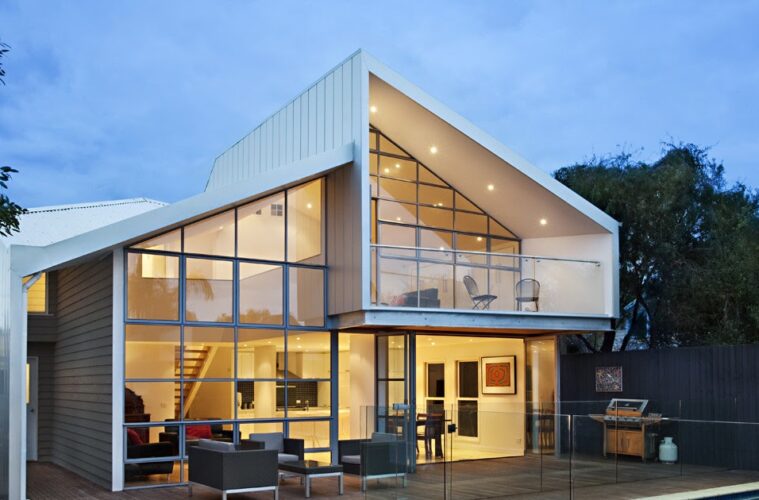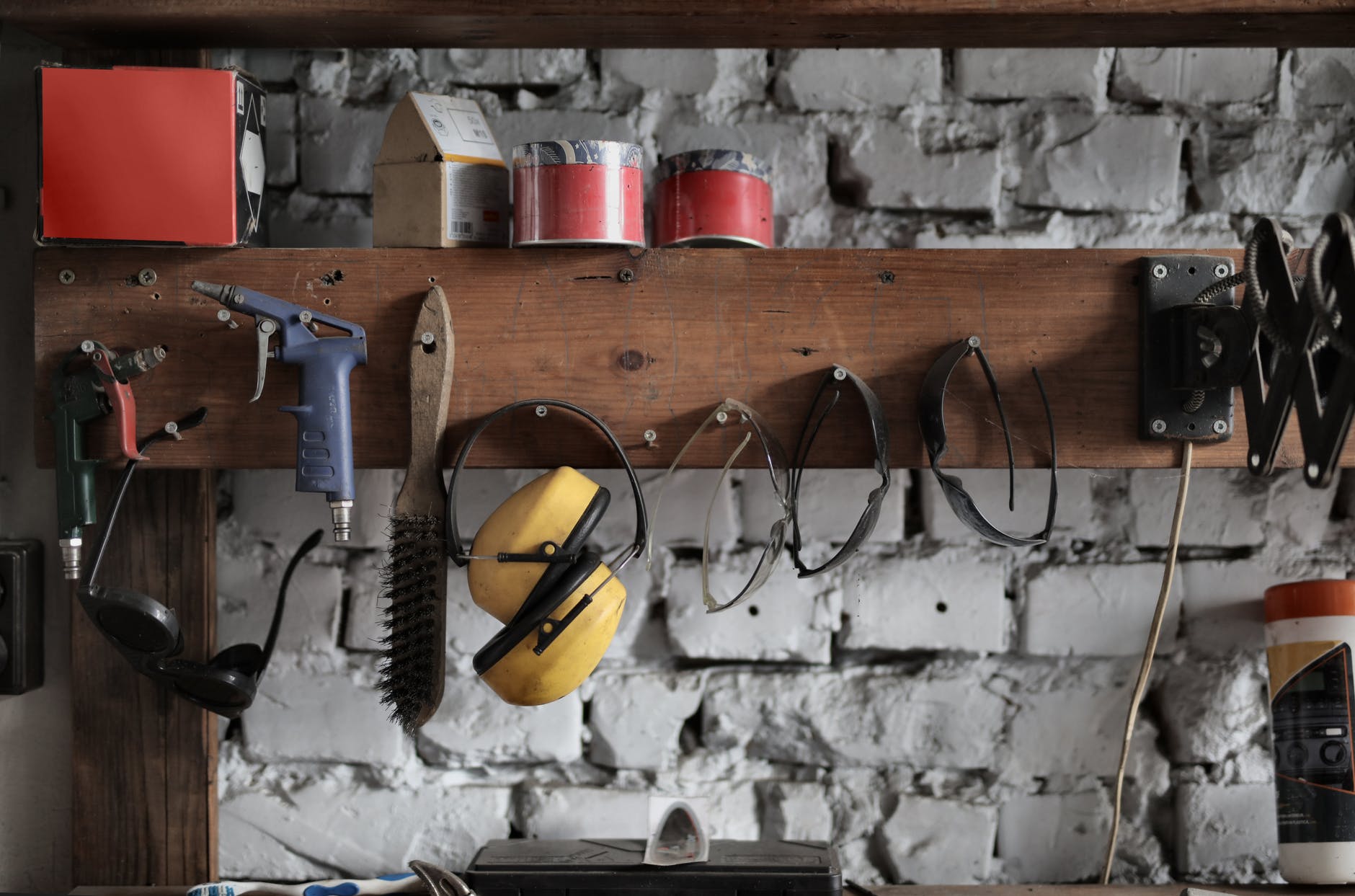The roof is one of the most important parts of a house. It protects the occupants from the elements and helps to keep the structure of the house intact. Roofs can be made from a variety of materials, and their designs can vary greatly. However, there are some common trends in roofing architecture that can be seen in many modern homes.
Curved roofs are in: why this trend is here to stay
The trend for curved roofs is here to stay according to experts. There are several reasons why this is the case. One reason is that curved roofs can give a building a more modern look. They can also be more energy-efficient than traditional flat roofs. Curved roofs can also help to protect a building from the elements, such as wind and rain.
“Green” roofs are becoming more popular: what are the benefits?
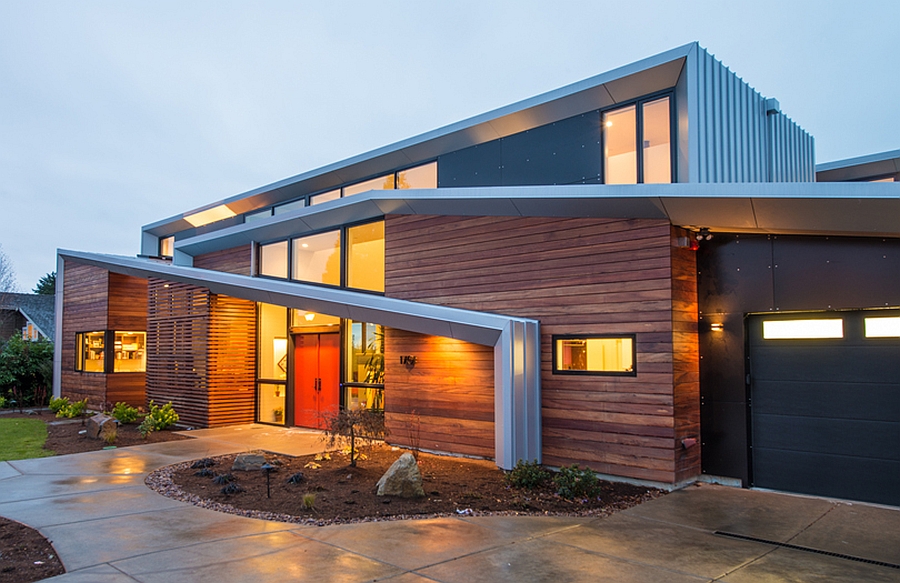
source: pinterest.com
Green roofs, also known as living roofs, are a type of roofing system that is becoming increasingly popular due to the many benefits they offer. Green roofs can help to insulate a building, reduce energy costs, and provide a habitat for wildlife. They can also improve air quality and help to mitigate the urban heat island effect. Green roofs are also aesthetically pleasing and can help to create a more modern appearance for a building.
Living roofs: Living roofs take the concept of a green roof one step further by adding soil and plants that can be used for food production or other purposes. A living roof is a roof of a building that is partially or completely covered with vegetation and a growing medium, planted over a waterproofing membrane. In the simplest form, a roof can be said to be “living” if it is covered with plants and/or vegetation, but without soil. Such roofs are usually only one layer of waterproofing membrane thick.
How are green roofs made?
A green roof is a roof that is partially or completely covered with vegetation and soil, and it is one of the most popular trends in roofing boulder architecture.
There are two main types of green roofs: intensive and extensive. Intensive green roofs are heavier and require more maintenance than extensive green roofs, but they can support a wider variety of plants. Extensive green roofs are lighter and require less maintenance, but they can only support low-growing vegetation.
Green roofs can be created by installing a waterproof membrane and a drainage system on top of the existing roof. Then, soil and vegetation are added on top of the membrane. The type of vegetation that is used depends on the climate and the amount of sunlight that the roof receives. The primary benefit of green roofs is that they help to provide insulation for the building. Because of the plants, there is an extra layer between the roof and the outside environment, which helps to keep heat in during the winter and out during the summer.
New flat roof designs
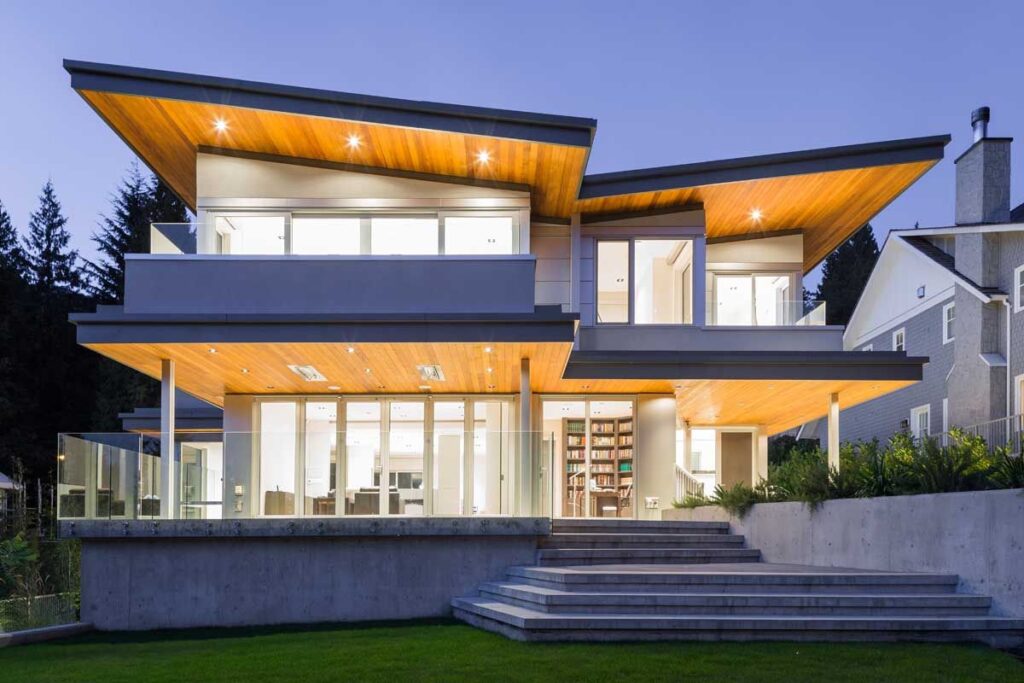
source: pinterest.com
A flat roof is a roof which is almost level in contrast to the many types of sloped roofs. The slope of a flat roof is very minimal; however, it may still be slightly sloped to allow for water drainage. Flat roofs are most commonly found in commercial and industrial buildings, but are also popular among some homeowners.
Traditional pitched roofs vs modern designs
There are two main types of roofs- traditional pitched and modern designs. Pitched roofs have been around for centuries and are the most common type of roof. They are made with sloping sides that come together at a ridge, allowing rain and snow to slide off easily. Modern roofs, on the other hand, are becoming more popular in recent years due to their sleek design and energy-efficiency. While pitched roofs are still the most popular type of roof, modern designs are slowly gaining popularity due to their many benefits.
Are there any new roofing materials on the market?
Thanks to advances in technology, there are now many new roofing materials on the market. Some of these new materials are more durable and longer lasting than traditional roofing materials, while others are more environmentally friendly.
One of the most popular new roofing materials is colorbond metal roofing. Metal roofs are very durable and can last for decades with proper care and maintenance. They are also fire resistant and energy efficient, making them a great choice for both commercial and residential properties.
Metal roofing: pros and cons
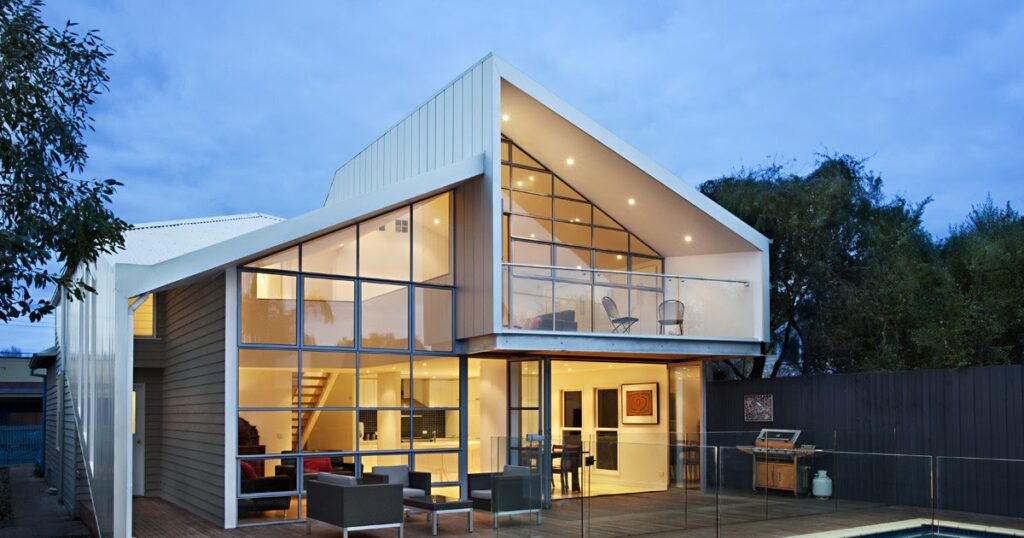
source: pinterest.com
A metal roof is a roofing system made from metal pieces or tiles. It is a popular roofing choice for commercial and industrial buildings, as well as homes. Metal roofs are known for their durability and longevity; they can last 40 years or more with proper maintenance. Metal roofs are also fire-resistant and energy-efficient, which can save you money on your energy bills.
There are some downsides to metal roofs, however. They can be loud during rainstorms or hailstorms, and expansion and contraction of the metal in extreme temperature changes can cause the roof to make noise as well. Metal roofs are also more expensive than most other types of roofing, though the initial investment may be offset by the long lifespan and energy savings.
Another popular option is solar panel roofing. Solar panel roofs are a great way to reduce your carbon footprint and save money on your energy bills. They can be installed on both new and existing buildings, and they’re becoming increasingly popular in both urban and rural areas. Solar panel roofs can be made of metal or sturdy plastic, though most are made of metal. They re a great option for homes that have limited roof space and no room for solar panels on the ground.
The benefits of modern materials used in roofing
There are many benefits to using modern materials in roofing. They are lighter weight, more durable, and easier to install than traditional materials. They also offer better insulation and soundproofing properties. Many modern materials are also recyclable, meaning you can be sure they will not end up in landfill. Modern materials are also highly fire resistant, which is great for homes with wooden beams or rafters.

